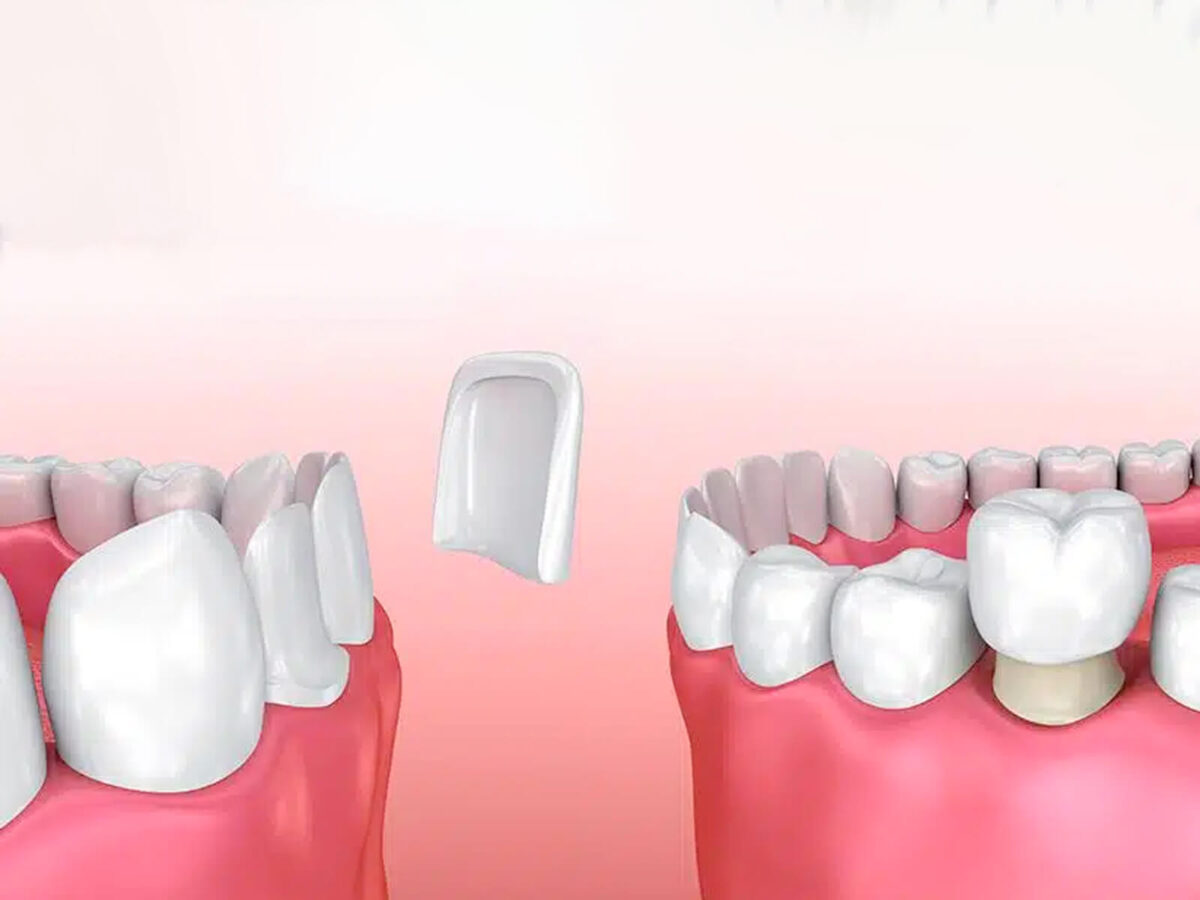Blog
Dental hygiene tips for healthy teeth & gums

Veneers vs. Crowns: What’s the Difference?
You can improve your teeth’s appearance and function with two common cosmetic dentistry procedures: veneers and crowns. Both are used for cosmetic and restorative goals but need different amounts of tooth modification and have different application scenarios. To help you decide which treatment is best for you, we’ll compare veneers and crowns in this article and highlight the key distinctions between the two.
Laminate veneers for teeth:
- Veneers for the teeth are custom-made shells composed of porcelain or composite resin that are extremely thin. Covering the teeth’s anterior surface, their purpose is cosmetic. Some distinguishing features of veneers are as follows:
- Veneers cover flaws in the teeth’ appearance, such as discoloration, staining, or an abnormal shape, or to fill in spaces between teeth for purely cosmetic reasons.
- Minimal Tooth Preparation: Veneers only require a very minimal amount of enamel to be removed from the front of the tooth. As a result, less of the natural tooth needs to be removed than with crowns.
- Veneers can make your teeth look exactly like natural teeth, down to the shade and translucence. They offer a sparkling, charming grin.
- Veneers are a fast and easy cosmetic solution because they only require two visits to the dentist.
- After prolonged exposure to staining agents like coffee and tobacco, porcelain veneers can maintain a pristine appearance.
Porcelain Caps:
Dental crowns, often called caps, are restorations that mimic the shape of teeth and cover the entire tooth surface above the gum line. They’re more than just a pretty face; they’re practical, too. Some distinguishing features of crowns are as follows:
- Dental crowns are used to heal and protect teeth that are severely decayed, broken, or weakened by root canal therapy or other treatments. They lend sturdiness and stability to the structure.
- Dental crowns encompass the entire tooth, whereas veneers simply cover the front. This allows them to fix larger areas of damage or degradation.
- Depending on the tooth’s unique requirements, a crown can be crafted from porcelain, ceramic, metal, or a combination of these materials.
- Reconstruction: Crowns reinforce teeth following root canal therapy, cover and protect implants, or repair broken or badly damaged teeth.
- Preparing a tooth for a crown requires removing a sizable portion of enamel. This is essential for achieving a secure crown fit.
Whether to Get Veneers or Crowns and How to Decide:
Your dental demands and aesthetic goals will determine whether veneers or crowns are the better option for you. Veneers are a good choice if your main goal is to improve your smile’s aesthetics by hiding flaws and gaps that are barely noticeable to the naked eye.
A crown may be necessary for aesthetic and practical reasons if your tooth is significantly damaged, weak, or has undergone extensive dental repair. Your dentist will evaluate your condition, discuss your treatment goals, and suggest a course of action.
Conclusion:
In conclusion, dental veneers and crowns are two different types of dental work done for aesthetic and therapeutic purposes. While crowns are used for aesthetic and functional repair, they often require more extensive tooth preparation than veneers, utilized exclusively for cosmetic purposes.
After discussing your options with your dentist, the decision between veneers and crowns should be made. When done properly, both methods can enhance the appearance of a patient’s smile and promote better oral health.


